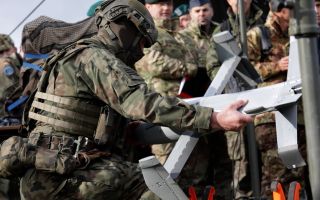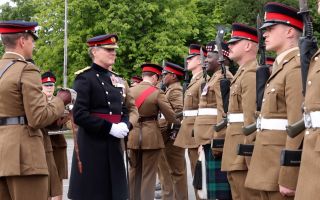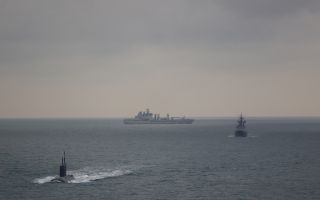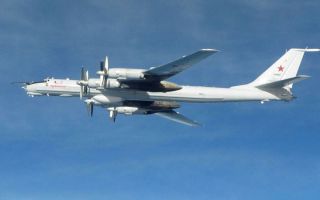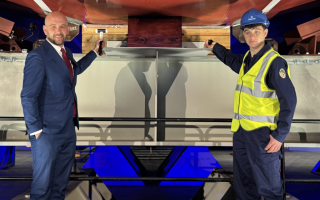Arctic Angels: US 11th Airborne Division paras descend into Alaskan wilderness
US personnel descended into Alaska, nicknamed the Last Frontier for its remote and arduous terrain, for a demanding exercise designed to test and develop their cold-weather warfare fighting capabilities in one of the harshest environments on the planet.
The 11th Airborne Division – the Arctic Angels – is the US Army's newest airborne unit, activated in 2022 and specialised in Arctic and cold-weather mountain warfare.
Stationed strategically in Alaska, this elite division forms a critical component of the US Army's Indo-Pacific response force, capable of tackling potential crises both in the Pacific and over the North Pole to Scandinavian countries.
Arctic Tough
Activated in 2022, former Chief of Staff of the US Army General McConnville set a clear expectation.
He said: "I expect every soldier of this division to be masters of their craft, of Arctic warfare."
This statement defined the mission set of the Arctic Angels – to not only operate in cold weather and mountainous terrain, but to demonstrate a mastery of it.
The division operates out of the Northern Warfare Training Centre, where they hone their skills vital for operating in this environment – including military freefall, ice climbing, skiing, snowshoeing, mountain traversal training, and the dreaded ice-breaking drills.
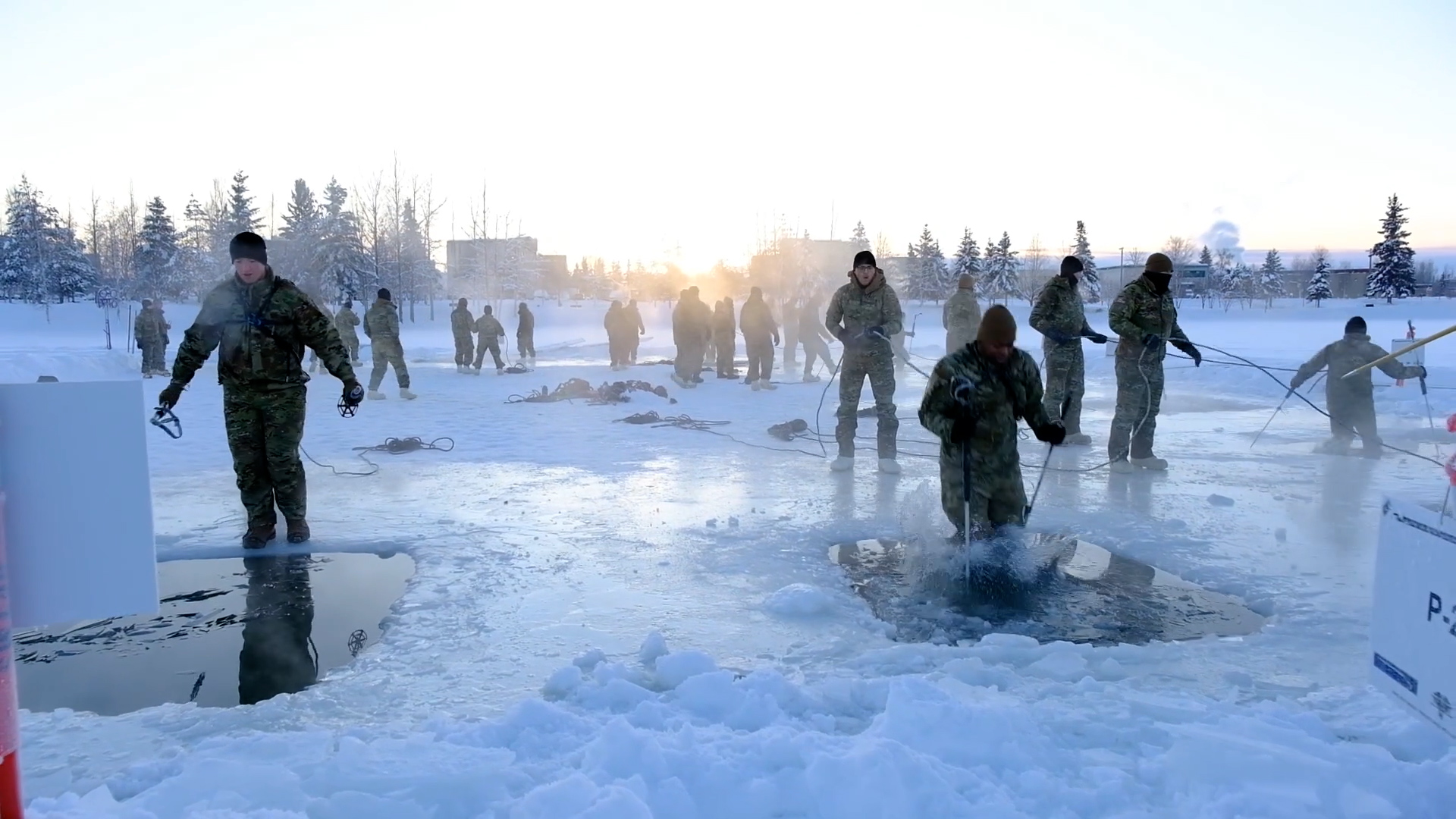
To prepare them for the real risk of falling through ice, US soldiers deliberately plunge into the cold water through a hole cut in the ice. They must quickly regain their composure, control their breathing, and haul themselves back to safety.
It is the same drill conducted by the Royal Marines and attached forces in Norway, which is designed to help soldiers overcome the effects of cold-water shock, regain their combat readiness, and help them operate effectively in unforgiving winter environments.

